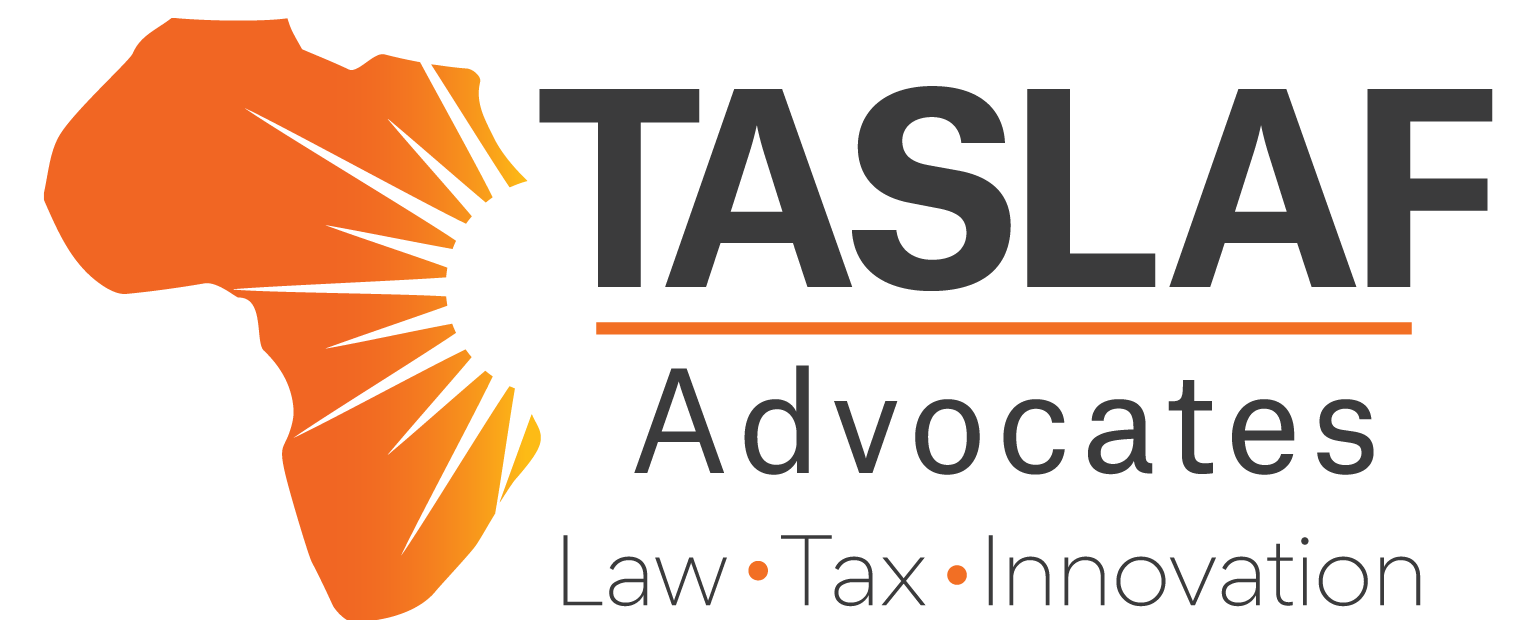Introduction
In the ever-evolving landscape of business, tough decisions often loom on the horizon for employers. Restructuring, financial constraints, and redundancies can compel organizations to make the challenging yet necessary choice of letting employees go. This process is a delicate and multifaceted matter that, if mishandled, can lead to legal disputes, financial repercussions, and, most importantly, personal hardships for those affected.
In this article, we will delve into the crucial aspects of collective employee termination, focusing on international labor standards set by the International Labor Organization (ILO) and local employment laws to ensure that the process is carried out with fairness, sensitivity, and adherence to the law. The explicit objective of such procedures is to avert or minimize as far as possible termination of employment for reasons of an economic, technological, structural or similar nature, without prejudice to the efficient operation of the undertaking, establishment or service, and to mitigate the adverse effects of any termination of employment for these reasons on the worker or workers concerned. The basic principles of these standards are embedded in section 81 of Uganda’s Employment Act of 2006.
The Employer’s Right to Restructure:
Employers inherently possess the right to restructure their organizations. This may involve reevaluating job positions and roles within the company.
However, exercising this right responsibly and ethically involves adhering to certain legal processes. Before making any decisions about collective employee termination, it is imperative that employers thoroughly examine their reasons. These reasons must align with the provisions of section 81 of Uganda’s Employment Act of 2006, which specifically states that terminations should be grounded in economic, technological, structural, or similar justifications.
The section on collective termination was initially envisaged to apply where there would be a need for an employer to terminate 10 or more employees. However, the industrial court in its decision of Abigaba v Bank of Uganda (Labour Dispute Claim 142 of 2014) [2017] UGIC 24 (23 February 2017) held that in the event that an employer intends to terminate one employee for the same reasons envisaged under section 81 such as reasons of an economic, technological, and structural or similar nature
then such employer is obliged to follow the same guidelines.
Criteria for selection of employees to be collectively terminated. The Employers may resort to collective termination for various reasons, including but not limited to Budget Cuts, restructuring or change in business strategy, and technological advancements While there may not be a specific set of criteria for selecting employees to be terminated, international standards recommend that these criteria be established in advance in employment manuals and other policies. This approach ensures a fair balance
between the interests of the organization and the rights of the affected employees.
The Legal Process for Collective Termination:
In the case of collective termination, there are specific steps that employers should follow to ensure fairness and transparency and this guidance is
provided under Section 81 of the Employment Act 2006;
a. Providing Advance Notice: Employers must inform affected employees at least one month in advance, explaining the reasons for termination. This step is essential for allowing employees to prepare and plan their exit. The content of the information should be “relevant”, and include, at the minimum, the reasons for the terminations contemplated, the number and categories of workers likely to be affected, and the period over which the terminations are intended to be carried out. Relevant and complete information gives the parties the opportunity to discuss the basis on which particular employees will be made redundant, to consider whether the overall number of employees being made redundant can be reduced, and what can be the measures for such reduction. This information is to be provided “in good time”, and the opportunity for consultation is to be given as early as possible. The more time the
workers are given to better understand the business reasons behind the proposals to dismiss employees, the better they can prepare for consultation and ensure that they can effectively participate in them.
Conclusion:
b. Involving Labor Unions: If employees are members of a labor union, the union should
also receive at least one month’s notice. This enables effective participation in consultations, providing an opportunity to explore alternatives and reduce the number of employees affected.
c. Notifying the Labor Commissioner: Employers are required to notify the Labor Commissioner in writing, sharing information about the reasons for termination, the number of affected workers, and other relevant details. This step allows the labor commissioner to mediate between employers and employees, seeking mutually agreeable solutions.
d. Issuing Termination Notices: Employers should provide customized termination notic
es to affected employees, specifying notice periods in line with their contracts.
e. Certificates of Service: Certificates of service should be prepared for departing employees in case employees request for them.
f. Notification of Statutory Bodies: It is good practice for Employers to also notify relevant statutory bodies, such as the National Social Security Fund (NSSF) and the Uganda Revenue Authority (URA), and ensure necessary amendments are made to these authorities.
Employee collective termination is a complex and challenging process that requires both legal compliance and ethical considerations. Employers need to adhere to established procedures, provide advance notice, involve labor unions, and notify
relevant authorities. This approach not only mitigates adverse effects on affected workers but also contributes to a fair and just work environment.
By understanding and implementing these guidelines, employers can navigate the intricacies of employee termination while upholding the rights and dignity of their workforce. In doing so, they strike a balance between business needs and employee
rights, fostering a more equitable and sustainable work environment.
Disclaimer:
This content is provided for informational purposes only and should not be construed as professional advice or as a substitute for professional consultation. The information in this article is current as of the knowledge cutoff date in November 2023 and may not reflect the latest developments in the relevant field.
This content is not tailored to specific facts or circumstances, and it may not be applicable to your individual situation. Laws, regulations, and best practices may vary by jurisdiction and change over time. Any reliance you place on the information presented in this article is at your own risk

Partner
M: +256 759 757 180
E: info@taslafadvocates.com

Kevin Ayebare
Senior Legal Associate
M: +256 (0) 706 145 267
E: kayebare@taslafadvocates.com

Legal Associate
M: +256 770 974 786
E: jatukunda@taslafadvocates.com

Nanjobe Ruth
Legal Associate
M: +256 704 604 635
E: rnanjobe@taslafadvocates.com





